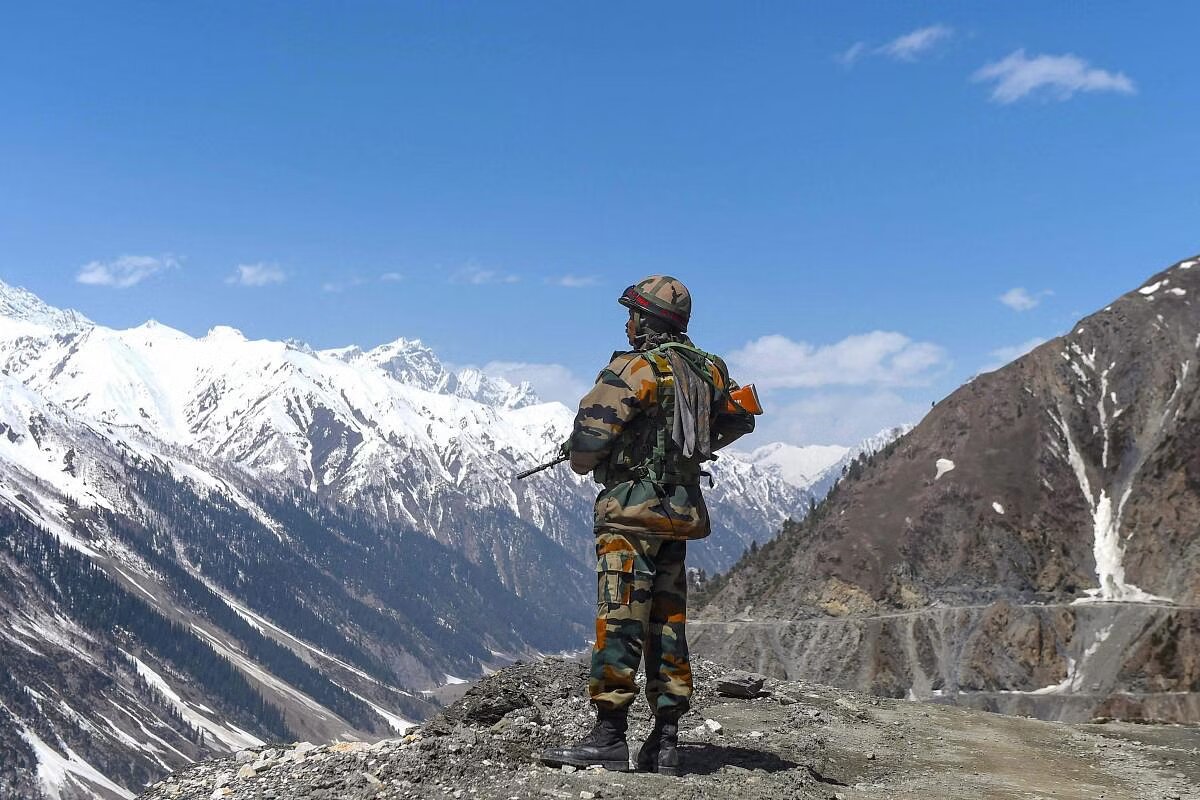Even though top-level military talks were held after more than four months, there was still no concrete progress toward ending the three-year-long troop conflict with China in eastern Ladakh. However, both sides agreed to keep talking and keep “security and stability” along the border.
All eyes are now on the meeting between Defence Minister Rajnath Singh and his Chinese counterpart General Li Shangfu on April 27, a day before the main Shanghai Cooperation Organization meeting here, to see if the trust gap can be somewhat bridged and tensions along the entire 3,488-km Line of Actual Control (LAC) from Ladakh to Arunachal Pradesh can be lowered.
Sources said that the two sides traded “proposals and counter-proposals” during the long 18th round of corps commander-level talks on the Chinese side of the Chushul-Moldo border meeting point on Sunday.
India pushed for the withdrawal of troops from the strategically important Depsang Bulge area and the Charding Ninglung Nallah (CNN) track junction at Demchok. This was the first step toward the eventual de-escalation and withdrawal of the more than 50,000 troops in eastern Ladakh who were armed with heavy weapons.
“But no answer that worked for both sides could be found. Overall, ties between the two countries won’t get better until China fixes what it broke on the LAC in April-May 2020, a top source said, arguing against China’s claim that the border dispute was now “moving from a standoff to normalized management.”
The continuing deadlock was shown by the fact that there was no joint statement, which has been the standard in the past. In a short, nondescript statement on Monday, the ministry of foreign affairs said that the two sides had “a frank and in-depth discussion on the resolution of the relevant issues along the LAC in the western sector so as to restore peace and tranquility in the border areas, which will allow bilateral relations to move forward.”
“In the meantime, both sides agreed to keep things safe and stable on the ground in the western sector.” They decided to keep in close touch, keep talking through military and diplomatic channels, and find a solution to the remaining problems as soon as possible that was acceptable to both sides, the MEA said.
The statement also said that the “exchange of views” was done “in an open and honest way” in line with the “guidance” given by the state leaders and the meeting between the two foreign ministers, S Jaishankar and Qin Gang, at the beginning of March this year.
Jaishankar had called the situation between the two countries “abnormal” at the time. A few days later, he said that the situation on the LAC was still “very fragile” because there were places where Indian and Chinese troop placements were “quite dangerous” from a military point of view.
The military commanders can keep talking to keep the peace on the ground, especially after both sides were hurt in the Galwan Valley skirmishes in June 2020 for the first time in 45 years. However, top-level political action will be needed to de-escalate the situation as a whole.
